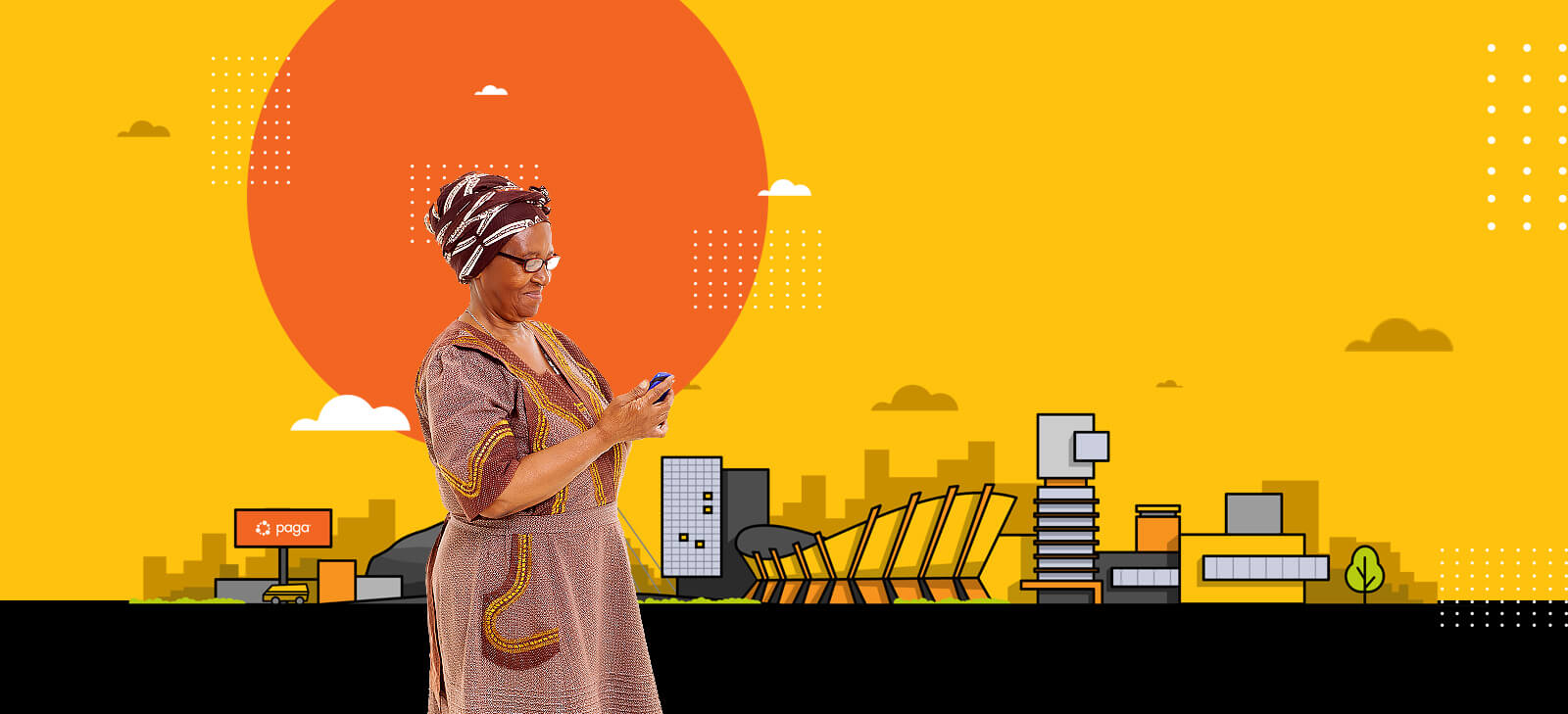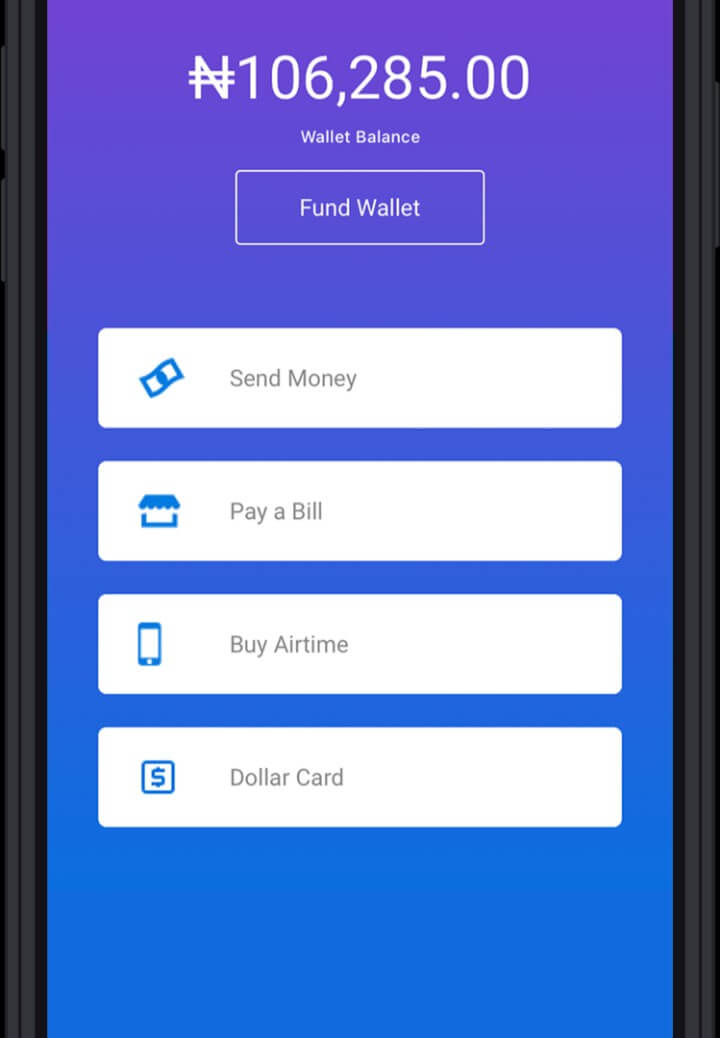Introduction
Carbon, the lending platform formerly known as paylater started an app which not only allows one to borrow loans. But had features that enabled users to make certain payments.
When it launched its wallet feature where users can store value on the app, it was totally free. But now, Carbon says it’s not sustainable and has added a sub-charge; a one per cent transaction fee.
What is Carbon about?
Carbon is a fully-functional e-wallet which allows you to store value on Carbon. And perform all your financial transactions and earn discounts and rewards for use.
Carbon begun as a lending platform before it rebranded from paylater in April. The loans that were being borrowed on the platform were used to fund certain activities which were later made available on app. Hence, its transition from a lending platform to a multi-purpose app to facilitate transactions like: fund transfer, airtime top up, bill payments. The new feature even allows the users to set a recurring payment plan, which is automatically charged daily, weekly or monthly.
Why is Carbon now charging per transaction?
Carbon has transited into a full digital banking platform, after it had raised US$5 million in debt funding and acquired Nigerian payment startup Amplify. Its latest wallet feature allows storing value in the app. At first funding the wallet was free, but since it became unsustainable Carbon now charges one percent on a transaction. The totally free sub charge of the wallet funding came at a significant cost; Carbon had to pay the debit card issuer and payment processors for every card top up done on the app.
While it was easy when few people transacted that way, it became pretty difficult to sustain a thousand active customers using wallets. Hence, the readjustment which introduces sub charges to be incurred by users per transaction. You will not be charged for account maintenance, SMS charges which is a familiar tragedy among traditional banks.
The startup is looking to make transactions cheaper and easier by introducing new features too; users can fund their wallets directly from their account with a USSD code or bank transfers, removing the need for card top-ups, providing users with a debit card to perform payments anywhere, launching an QR payments to let users pay merchants across the country by scanning a simple code.





